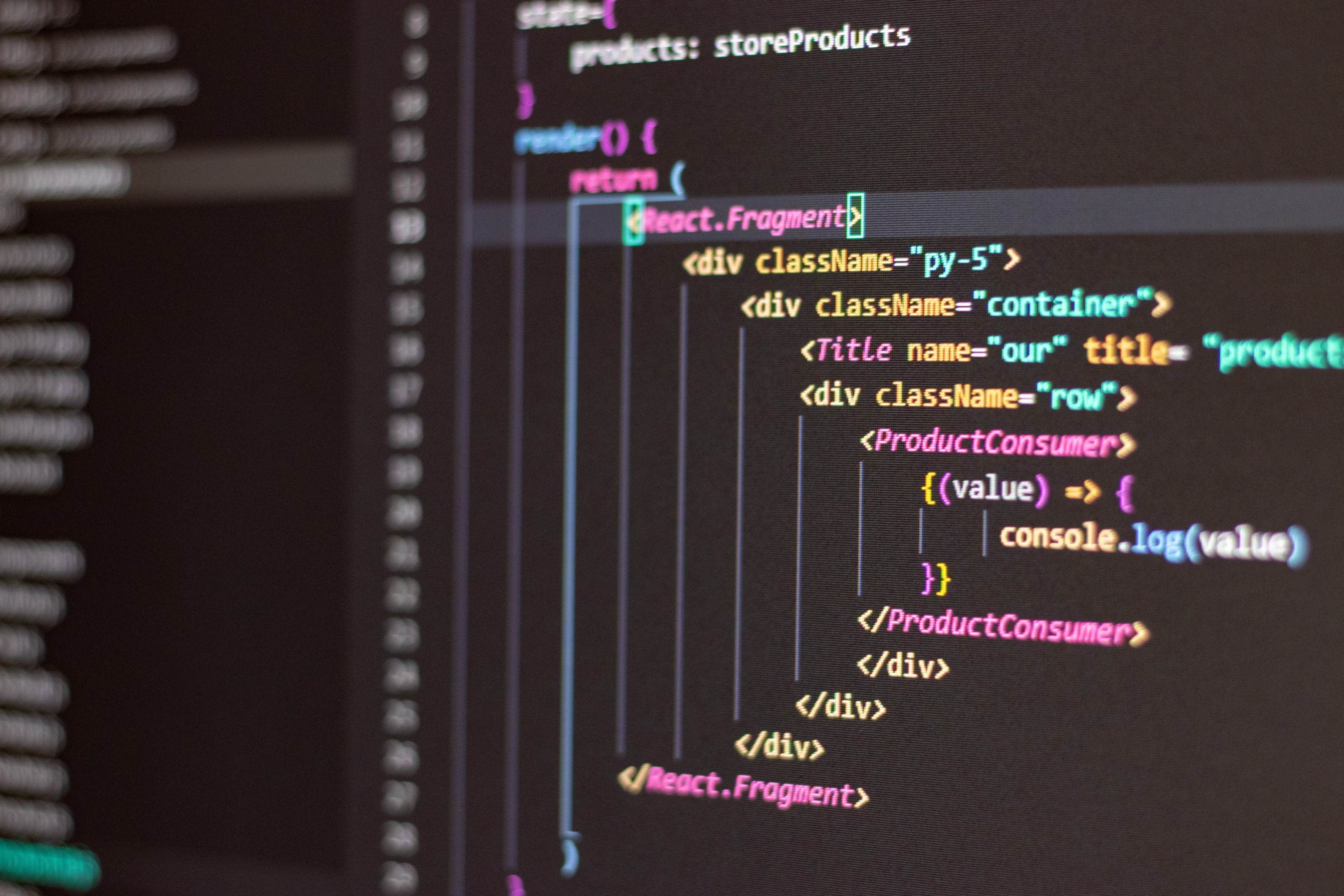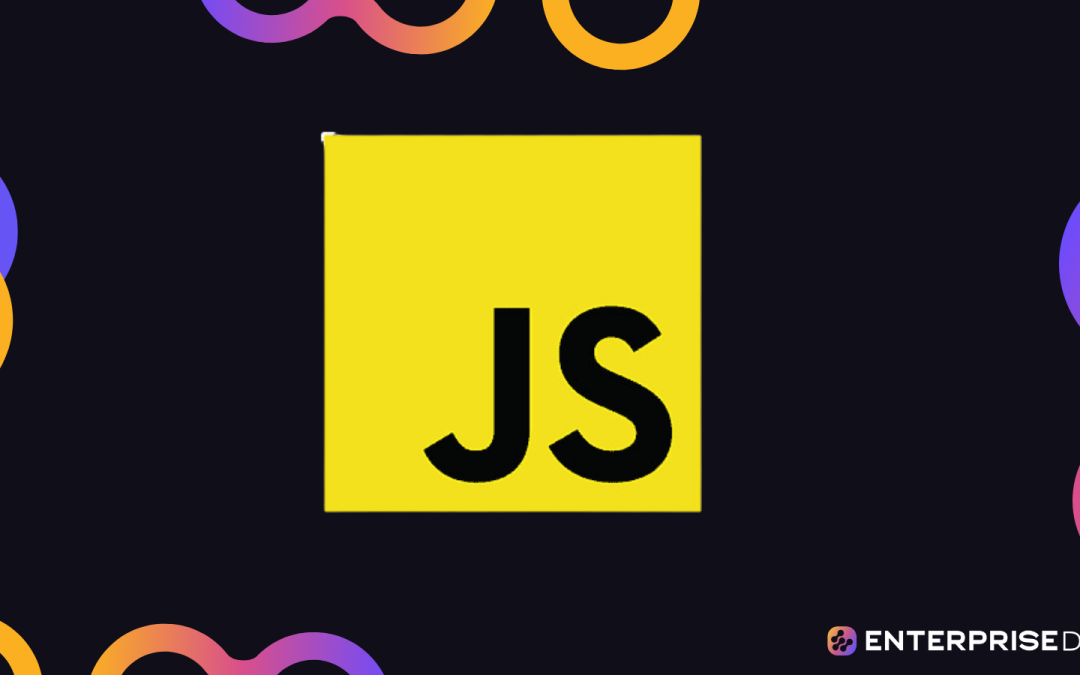JavaScript is the secret ingredient that brings websites to life, turning static pages into interactive experiences. From online shopping carts to immersive 3D games, it’s the unseen force behind many of the web’s most engaging features.
Intrigued? Read on to discover the multifaceted world of JavaScript.
JavaScript is a popular programming language used primarily for enhancing web pages to create a dynamic and interactive user experience. It enables real-time updates, interactive maps, animated graphics, and much more. Beyond the web, JavaScript is also employed in mobile app development, server-side programming, and even robotics.
In this article, we’ll explore the top 5 applications of JavaScript.
From its traditional role in web development to its emerging uses in cutting-edge technologies.
Let’s dive in!
1. JavaScript in Web Development

JavaScript’s most prominent role is in web development, where it breathes life into static web pages by adding interactivity and dynamic content.
It’s unique in being the only programming language that can be executed natively in web browsers.
While other languages can be used to create web content, they typically require compilation to JavaScript or rely on browser plugins.
Whether it’s a simple animation or a complex real-time data visualization, JavaScript is the go-to tool for web developers looking to build robust web applications.
So, let’s explore how JavaScript functions in both client-side and server-side scripting.
1. Client-Side Scripting
JavaScript works as a client-side programming language that enables user interactions like clicks, drags, and mouse-overs on a web page. This allows for interactive elements without reloading the page.
Leading to features like:
- Live search results and real-time updates.
- Form validation, where JavaScript checks user input in real-time, such as password strength, providing instant feedback and enhancing user experience.
- JavaScript creates smooth transitions and visual effects like sliders and fade-ins, enhancing visual appeal and user engagement.
2. Server-Side Scripting

On the server side, it has extended its reach through JavaScript frameworks like Node.js, allowing full-stack development using JavaScript code.
This powers:
- Real-time applications like chat rooms and collaboration tools.
- Web pages’ interactive and real-time communication which enables live updates and notifications. In turn, this facilitates seamless communication between the server and the client.
As a server-side language, JavaScript has revolutionized the way users interact with web applications and made it easy for JavaScript developers to create dynamically updated content.
But the applications of JavaScript don’t stop at the web.
Continue reading to discover how this versatile language is also shaping the world of mobile development, where it’s used to create responsive and cross-platform applications.
2. JavaScript in Mobile Development

Beyond the realms of traditional web development, JavaScript has made significant strides in the world of mobile application development.
Its adaptability and robust frameworks have enabled developers to create responsive and cross-platform mobile applications.
JavaScript’s entry into mobile development has been marked by the introduction of JavaScript libraries and frameworks.
The JavaScript framework, React Native, for example, allows developers to write code once and deploy it across different platforms, such as iOS and Android, saving both time and resources.
The integration of JavaScript with native modules and application programming interfaces (APIs) also allows developers to access device-specific functionalities, such as cameras, GPS, and sensors.
However, JavaScript’s reach extends beyond mobile apps.
In the next section, we’ll dive into its role in game development, uncovering how this versatile language is used to create engaging and immersive gaming experiences.
3. JavaScript in Game Development

JavaScript’s adaptability doesn’t end with web and mobile development; it has also found a home in the exciting world of game development.
Leveraging powerful engines and libraries, JavaScript enables developers to create captivating games that run in browsers and on various platforms.
The use of JavaScript in game development has been facilitated by engines like Phaser and Three.js, which provide the tools needed to create visually stunning 2D and 3D games.
JavaScript’s accessibility and compatibility with web browsers have also made it a popular choice for browser-based games. Players can enjoy these games without the need for additional software or plugins, making them easily accessible to a wide audience.
In addition to browser games, JavaScript is used in the development of mobile and desktop games, often in conjunction with other technologies.
Its ability to integrate with various platforms and devices ensures that games reach players wherever they are, providing a consistent and enjoyable gaming experience.
In the next section, we’ll explore how it’s used in desktop applications, revealing how this dynamic language is shaping software beyond the web and mobile environments.
4. JavaScript in Desktop Applications

JavaScript’s influence extends beyond the web, mobile, and gaming spheres into the realm of desktop applications.
Through innovative frameworks like Electron, JavaScript has become a powerful tool for building cross-platform desktop software.
JavaScript is utilized to create desktop applications that run on various operating systems with ease. One of the key advantages of using JavaScript for desktop applications is the ability to write code once and deploy it across multiple platforms.
This not only streamlines the development process but also ensures consistency in appearance and functionality across different operating systems.
The success of JavaScript in desktop development can be seen in popular applications like Visual Studio Code, Slack, and Discord, all of which are built using JavaScript-based technologies.
These examples demonstrate the language’s capability to handle complex tasks and deliver high-quality desktop software.
In the next section, we’ll explore its emerging uses, such as in the Internet of Things (IoT), machine learning, and virtual reality, uncovering how this versatile language continues to shape and innovate across various technological landscapes.
5. Emerging Users of JavaScript

JavaScript’s adaptability and continuous evolution have led to its application in various cutting-edge fields.
In this section, we’ll explore some of these emerging uses and how JavaScript is contributing to innovation.
1. Internet of Things (IoT)
JavaScript’s reach into the IoT world is facilitated by platforms like Node.js, which allow developers to control and communicate with connected devices.
Whether it’s smart home automation, industrial monitoring, or wearable technology, JavaScript provides the tools to create, manage, and analyze IoT networks.
Its event-driven architecture is particularly well-suited for handling real-time data and interactions, making it a popular choice in this rapidly growing field.
2. Machine Learning with TensorFlow.js
Machine learning (ML) has become more accessible with JavaScript through libraries like TensorFlow.js.
Developers can now build and train ML models directly in the browser or on Node.js, without needing specialized hardware or software.
This opens up opportunities for real-time predictions, personalized recommendations, and intelligent data analysis, all powered by JavaScript.
3. Virtual Reality (VR) and Augmented Reality (AR)
JavaScript’s involvement in VR and AR is marked by libraries like A-Frame and Three.js, which enable the creation of immersive virtual environments.
These tools allow developers to craft interactive 3D scenes that can be experienced through VR headsets or mobile devices.
JavaScript’s ability to integrate with various sensors and hardware ensures a responsive and engaging user experience, bridging the gap between virtual and physical worlds.
Final Thoughts

JavaScript’s journey from a simple scripting language to a multifaceted tool powering diverse applications is a testament to its adaptability and enduring relevance.
From traditional web development to emerging fields like IoT and machine learning, it continues to shape our digital experiences in profound ways.
Its accessibility and vibrant community further contribute to its status as one of the most widely used and influential programming languages in the world.
As we continue to explore new horizons in technology, JavaScript’s role is likely to expand and evolve, reflecting the dynamic nature of the tech landscape.
If you’re interested in exploring more cutting-edge trends, don’t miss our video on emerging trends in AI, where we delve into the latest advancements and innovations in artificial intelligence:
Frequently Asked Questions
What is JavaScript and do I need it?
JavaScript is a programming language widely used to create dynamic and interactive content on websites, as well as in mobile and desktop applications.
It enables features like real-time updates, animations, and form validations, enhancing the user experience.
If you’re a web user, JavaScript is likely already running in your browser to enable these functionalities.
If you’re a developer or aspiring to become one, learning JavaScript is essential, especially if you want to work in web development. It is a foundational technology for building modern, interactive web applications.
Why is JavaScript used, in simple words?
JavaScript is used to make websites interactive and responsive.
It enables web developers to create features like animated menus, drop-down menus, image sliders, pop-up windows, and much more. Successively making the user experience of web pages more enjoyable and engaging.
What is an example of what JavaSscipt can do?
JavaScript is a scripting language used to enhance web pages. For example, you can use JavaScript to create a button that changes its color when clicked, or a form that shows an alert message if the user forgets to fill in certain fields.
Is JavaScript used for frontend or backend?
JavaScript is a text-based programming language primarily used for frontend development, running in the user’s web browser.
However, with the advent of technologies like Node.js, JavaScript can now be used for backend development as well, allowing developers to write server-side code using JavaScript.








